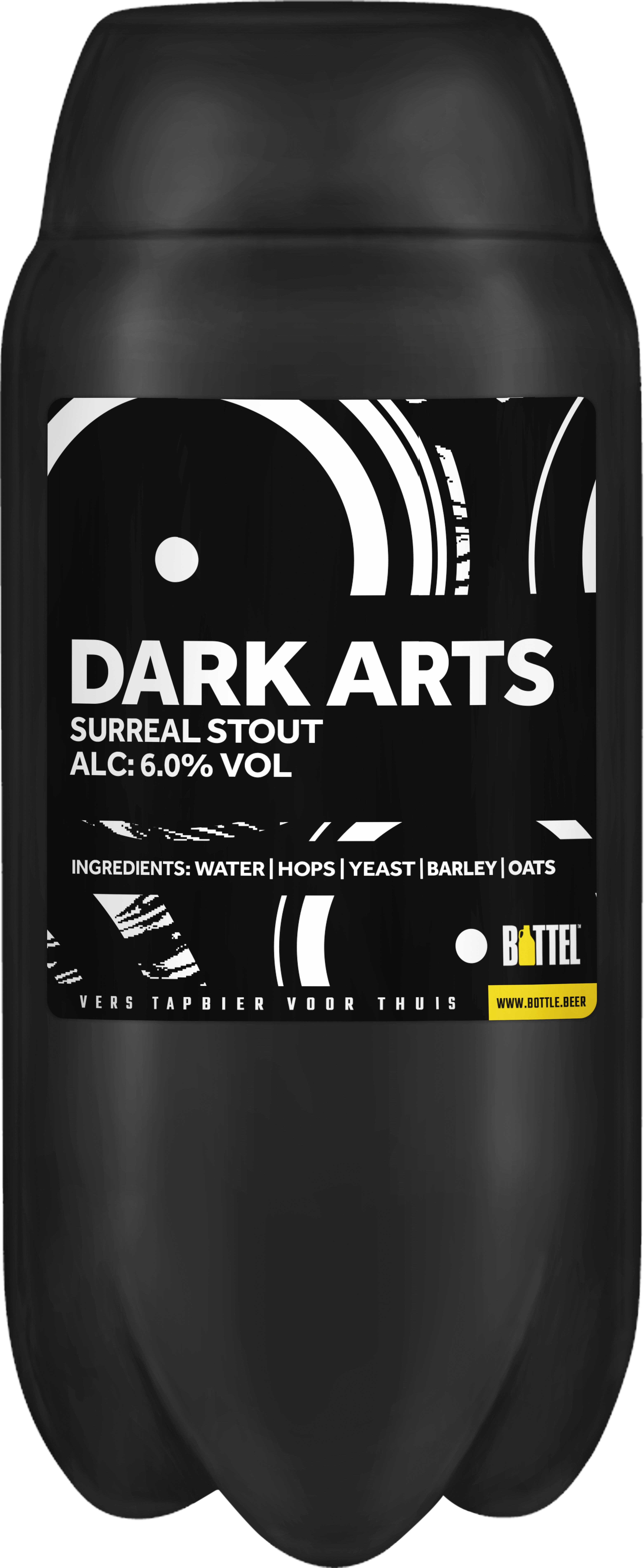What is Stout?
Discover the stout beer definition & more right here
Add {beersToAddNum} more beer and get this box delivered for free Add {beersToAddNum} more beers and get this box delivered for free
Add 1 more SUB Keg and get your box delivered for free Add {torpsToAddNum} more SUB Kegs and get this box delivered for free
Add one more keg for free shipping.
What is stout, where does it come from and what does it taste like? If you're looking for details on one of the world's greatest beer styles, then you've come to the right place. Here, we delve into the intricacies of this dark and robust brew, uncovering its origins, brewing techniques, flavour profiles, and why it has carved a special place in the hearts of beer connoisseurs worldwide.
First, let's start with the basics.
Simply put, a stout is a dark, top-fermented, full-flavoured ale with an alcohol percentage ranging from 4% to 14%.
A stout is defined by its deep colour and full-bodied flavour profile. Typically brewed with roasted malt or roasted barley, stouts often feature notes of coffee, chocolate, and caramel. They can vary in sweetness, bitterness, and alcohol content, offering a diverse range from sweet or milk stouts to dry stouts and imperial stouts.

A blend of four malts and packed with English & German hops, this stout delivers a decadently deep and indulgent experience. A luxuriously smooth mouthfeel is followed by spicy hop notes and full flavours of chocolate, liquorice, blackberries and figs. The finish is rich and satisfying with a lingering roasted bitterness.
Of course, we all know the famous Guinness stout hails from Ireland, yet the origins of stout as a style of beer date back to 18th century England. The term "stout" originally referred to a strong beer, and the style evolved over time to become a distinct type of dark and robust ale. The development of stout is closely tied to working class porters, the men responsible for transporting various goods, including barrels and tankards of beer, to and from the markets, warehouses, and inns of East London (hence the name). Later, brewers began crafting stronger and more full-bodied versions of porters, leading to the creation of what we now know as stout beer.
Give our article - a history of porter and stout - a read to find out more about the relationship between porters and stouts.
Over the years, brewers have experimented with creating lots of different kinds of stout beer. The most popular ones include:
Milk stout
Also known as 'sweet stout' or 'creamy stout'. As the name suggests, lactose is added to these beers, giving them a certain sweetness and richness.
Oatmeal stout
Rich and full bodied with a sweet, velvety smooth finish.
Oyster stout
An oyster stout is brewed with oyster shells, which are added to the brew during the cooking process. The result is a rich and complex stout with a subtle oceanic influence, combining the dark malt character with a touch of saltiness.
Irish dry stout
Characterised by its dry finish and coffee-like bitterness, exemplified by the iconic Guinness.
Export stout
Export Stout has a higher alcohol volume and a distinctive character. You can taste the wheat and toasted malt with smokey notes of coffee and chocolate.
Russian imperial stout (RIS):
By far the strongest of all the stouts with bold and intense flavors, often featuring notes of chocolate, coffee, and dark fruits.
A stout is best served in a tulip or pint glass. A tulip glass, in particular, will bring out the best of the aromas. The wider bowl of the glass allows for better appreciation of the complex flavours. The design also creates a creamy head, which is a desirable characteristic in many stout varieties.
The best temperature to serve a stout is around 10-14 degrees Celsius, so slightly warmer than you'd serve a lager or lighter ale.
Interested in learning more? Read our article all about beer glasses!
When pouring stout into a glass, start with the tulip or pint glass at a 45-degree angle. Start to pour and as the glass fills, start to straighten it up so that it becomes vertical. You want to build a head that's roughly 1-1/2 inches thick.
For a more detailed description, check out our article: how to pour a pint.
Stouts are perfect for making a typical 'ice cream float'. Pour a generous dash of beer over a couple of scoops of vanilla ice-cream and enjoy.
They're also ideal for baking pies, stews and cakes, and their lightly roasted flavours make them a great addition to biramisu.
Heavier varieties (> 8%) of stouts are ideal for storing. These beers are aged in the bottle, which gives them a rounder and more intense flavour. You can also age them in wooden barrels where other drinks have been stored previously, such as bourbon or cognac. Barrel aging adds even more flavour to the beer in two ways: by imbuing it with the flavour of the drink that was in the barrel before, and through the barrel itself. Think of vanilla, herbs, wood and coconut alongside smoky and caramel tones.
As you can see, exploring the world of stout reveals a beer with a rich history, diverse styles, and an array of deliciously intense flavours. From its humble origins as a popular drink among London's working class to the vast array of modern interpretations available today, stout has evolved into a beloved beer category enjoyed by enthusiasts worldwide. Check out our articles below to keep learning more!